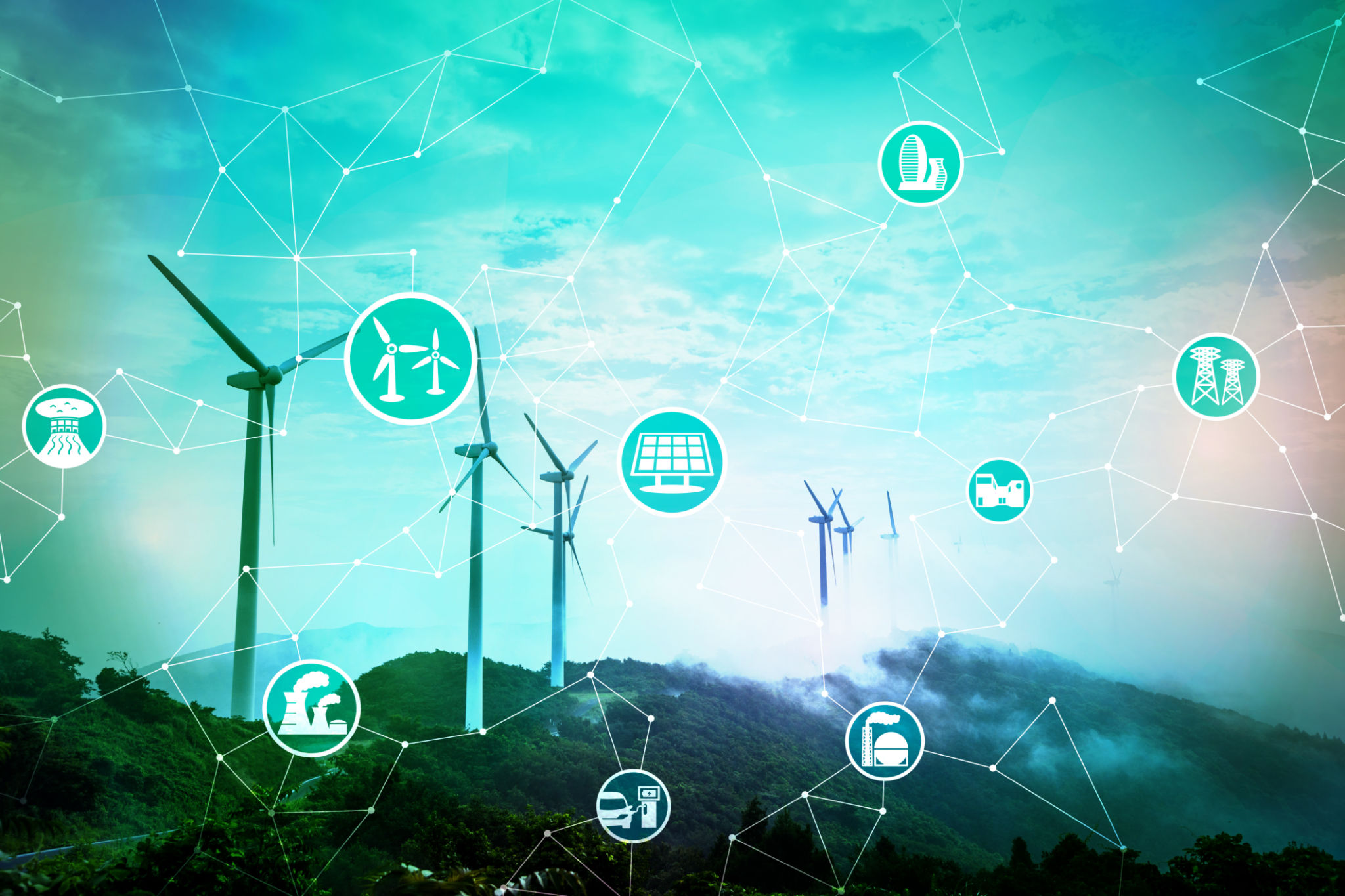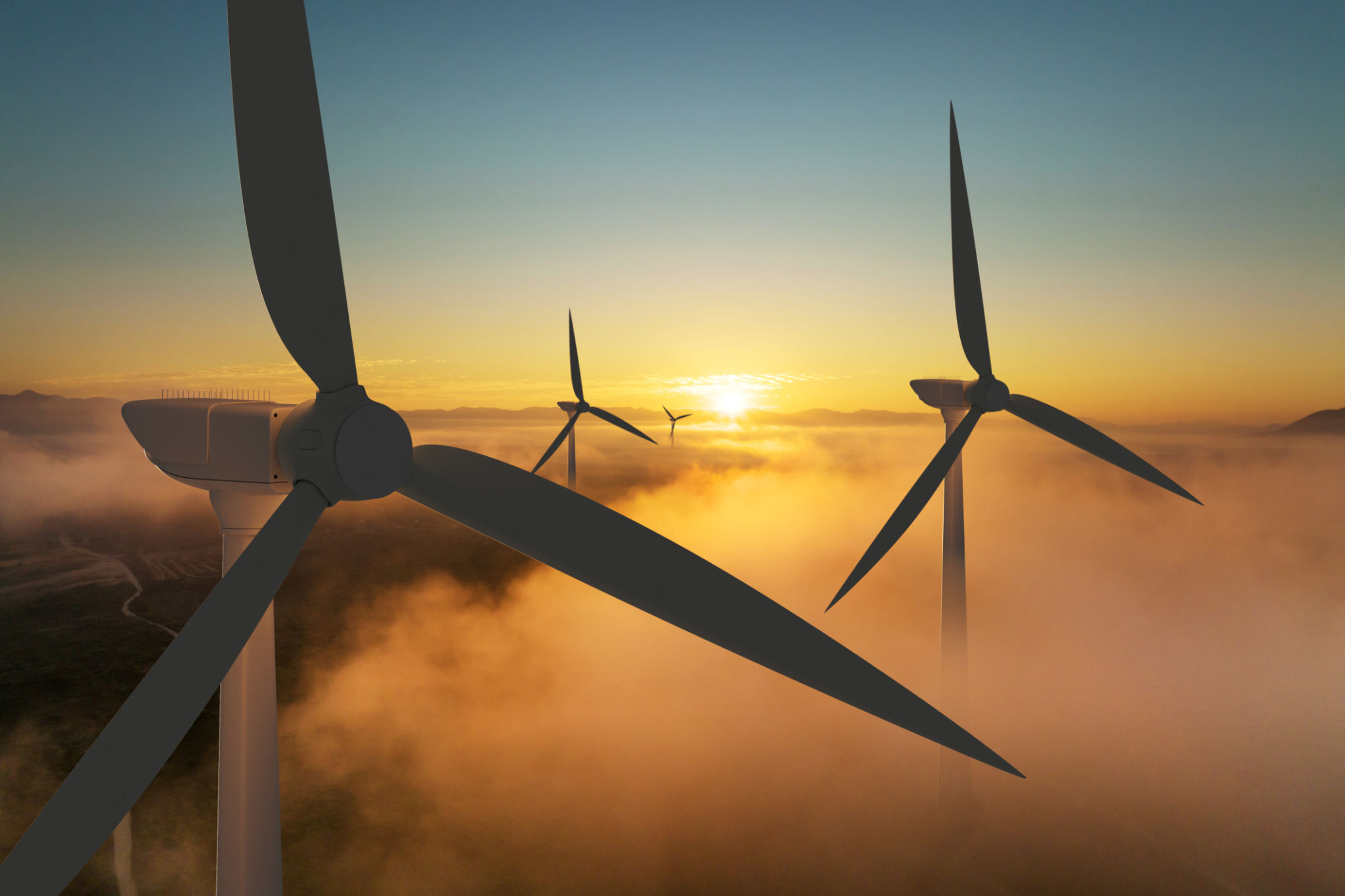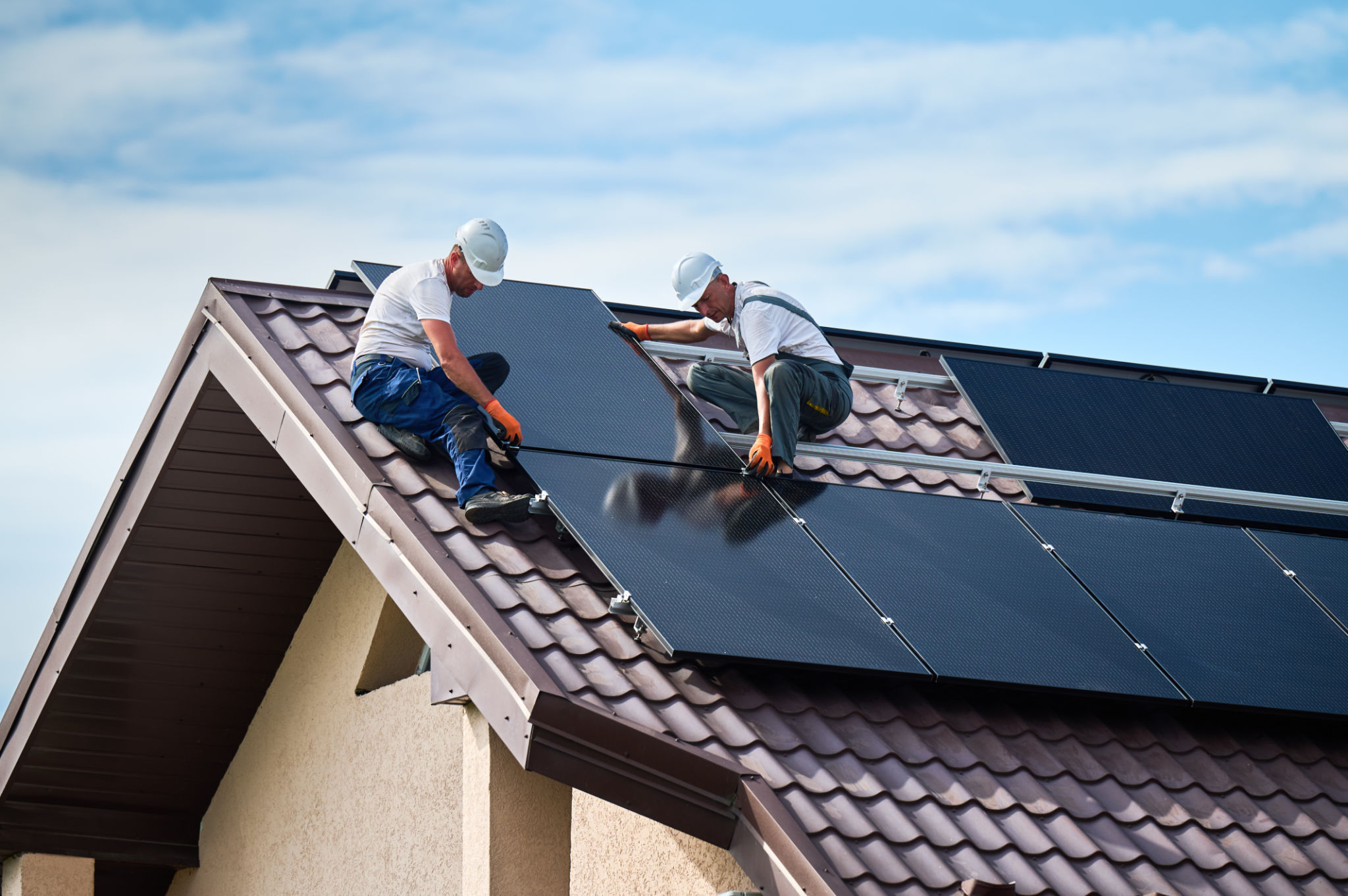Virtual Power Plants vs. Traditional Energy Sources: What’s Right for Your Home?
Understanding Virtual Power Plants
Virtual Power Plants (VPPs) are a groundbreaking innovation in the energy sector. Unlike traditional power sources that rely on large, centralized facilities, VPPs use a network of decentralized energy resources. These resources can include solar panels, wind turbines, and battery storage systems distributed across various locations.
VPPs gather and optimize energy from these diverse sources, providing a more flexible and resilient power supply. This system allows for better management of energy demands and can be particularly beneficial in times of peak usage or during outages.

How Traditional Energy Sources Operate
Traditional energy sources, such as coal, natural gas, and nuclear power plants, have been the backbone of electricity generation for decades. These plants operate on a large scale, generating significant amounts of power from a central location. The energy produced is then transmitted through a network of power lines to reach homes and businesses.
While traditional power plants are reliable and have supported the grid for many years, they often come with environmental costs. The burning of fossil fuels contributes to greenhouse gas emissions, and the infrastructure can be susceptible to disruptions.
Environmental Impact Comparison
One of the most significant differences between VPPs and traditional energy sources is their environmental impact. VPPs leverage renewable energy resources, significantly reducing carbon footprints. The integration of solar and wind power means less reliance on fossil fuels and a step towards a more sustainable future.

In contrast, traditional energy sources often involve processes that release pollutants into the atmosphere. Although some advancements have been made in cleaner technologies, the overall impact remains a concern for environmentally conscious consumers.
Cost Implications for Homeowners
The financial aspect is crucial when choosing between VPPs and traditional energy sources. VPPs can offer cost savings in the long run as they reduce dependency on grid electricity, which can be subject to price fluctuations. Homeowners can also benefit from incentives and rebates for installing renewable energy systems.
However, the initial investment for setting up a home-based VPP network—such as purchasing solar panels or battery storage—can be significant. It's essential to weigh these upfront costs against potential long-term savings and environmental benefits.

Reliability and Stability
When evaluating reliability, traditional power sources are well-established; they provide consistent and stable energy supply due to well-maintained infrastructure. However, they are not immune to failures caused by natural disasters or technical issues.
VPPs offer improved reliability through diversification. By utilizing multiple energy sources, they can better handle fluctuations in supply and demand. Advanced technology also allows for real-time monitoring and optimization, enhancing overall stability.
Making the Right Choice for Your Home
Deciding between a Virtual Power Plant setup and traditional energy sources depends on several factors, including your environmental goals, budget, and location. If sustainability is a priority and you are willing to invest in renewable technology, VPPs could be the ideal choice.
On the other hand, if you seek immediate reliability without significant upfront costs, traditional energy may remain your preferred option. Conducting a thorough analysis of your energy needs and consulting with experts can guide you to the best decision for your home.